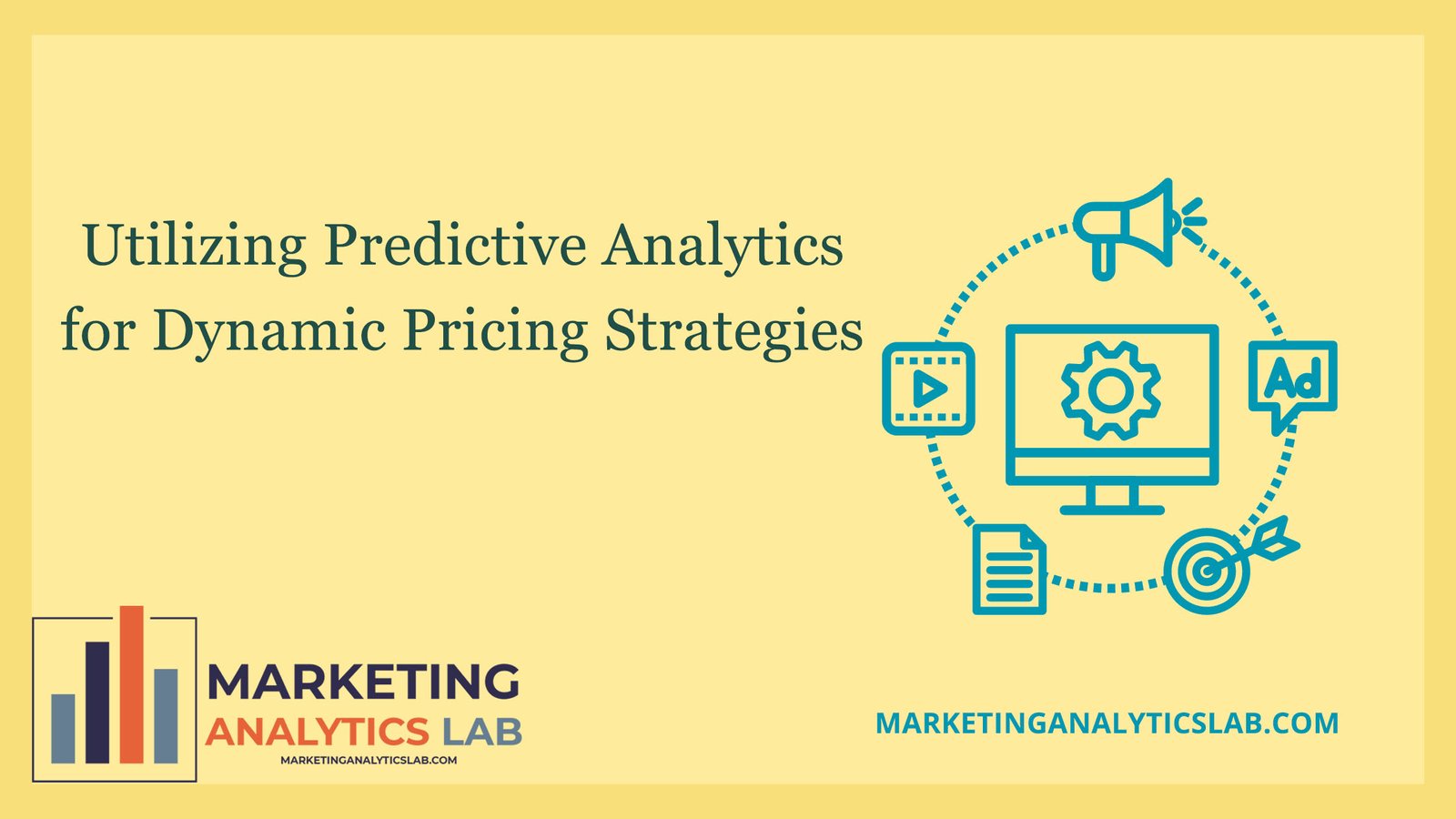Harnessing the Power of Predictive Analytics
Predictive analytics is a powerful tool that allows businesses to forecast future trends and behaviors based on historical data. By utilizing sophisticated algorithms and machine learning techniques, predictive analytics can provide valuable insights into customer behavior, market trends, and competitive dynamics. In the context of dynamic pricing strategies, predictive analytics can help companies optimize their pricing decisions by predicting how changes in pricing will impact customer demand and revenue.
One of the key benefits of predictive analytics for dynamic pricing strategies is the ability to segment customers based on their buying behavior and preferences. By analyzing past purchase data and demographic information, businesses can identify different customer segments and tailor pricing strategies to each segment. For example, predictive analytics can help businesses identify price-sensitive customers who are likely to respond to discounts and promotions, as well as high-value customers who are willing to pay a premium for certain products or services.
Furthermore, predictive analytics can also help businesses identify trends and patterns in customer behavior that can inform pricing decisions. By analyzing historical data, businesses can uncover seasonality trends, price elasticity, and other factors that influence customer purchasing decisions. This insight can help businesses set prices that are both competitive and profitable, maximizing revenue and profitability in the long run.
Implementing Dynamic Pricing Strategies
Dynamic pricing is a pricing strategy in which businesses adjust prices in real-time based on various factors such as demand, competition, and market conditions. By leveraging predictive analytics, businesses can implement dynamic pricing strategies that are data-driven and responsive to changes in the market. For example, airlines use predictive analytics to adjust ticket prices based on factors such as seat availability, time until departure, and competitor pricing.
To implement dynamic pricing strategies effectively, businesses need to invest in the right technology and infrastructure to collect, analyze, and act on data in real-time. This includes implementing data analytics tools, machine learning algorithms, and pricing optimization software that can process large volumes of data and generate actionable insights. By leveraging these technologies, businesses can automate pricing decisions and quickly respond to changes in the market, giving them a competitive edge in pricing their products and services.
In conclusion, leveraging predictive analytics for dynamic pricing strategies can help businesses optimize their pricing decisions, increase revenue, and stay competitive in today’s fast-paced market. By harnessing the power of predictive analytics to forecast customer behavior and market trends, businesses can tailor pricing strategies to different customer segments, identify pricing opportunities, and maximize profitability. With the right technology and infrastructure in place, businesses can implement dynamic pricing strategies that are data-driven, responsive, and ultimately, more profitable.

